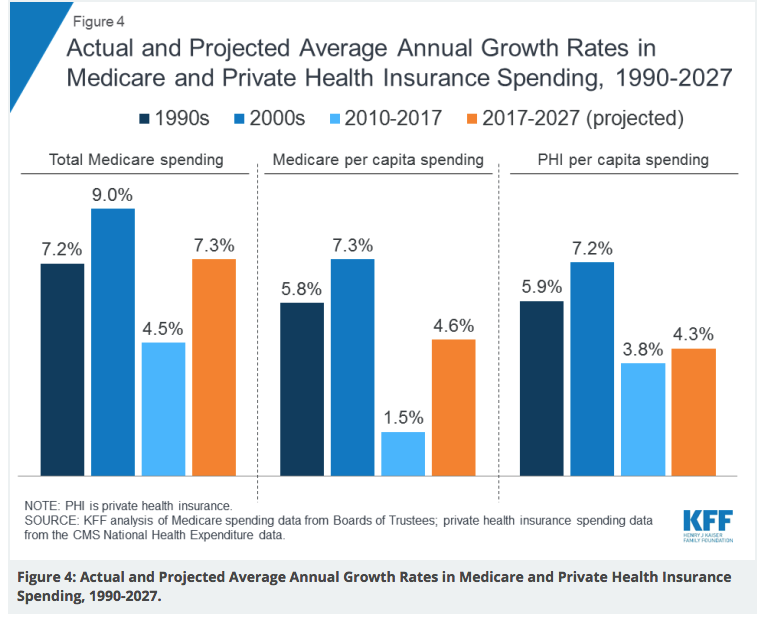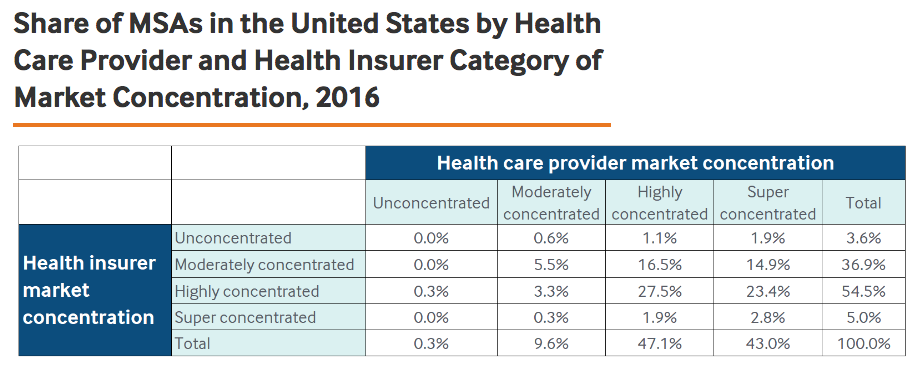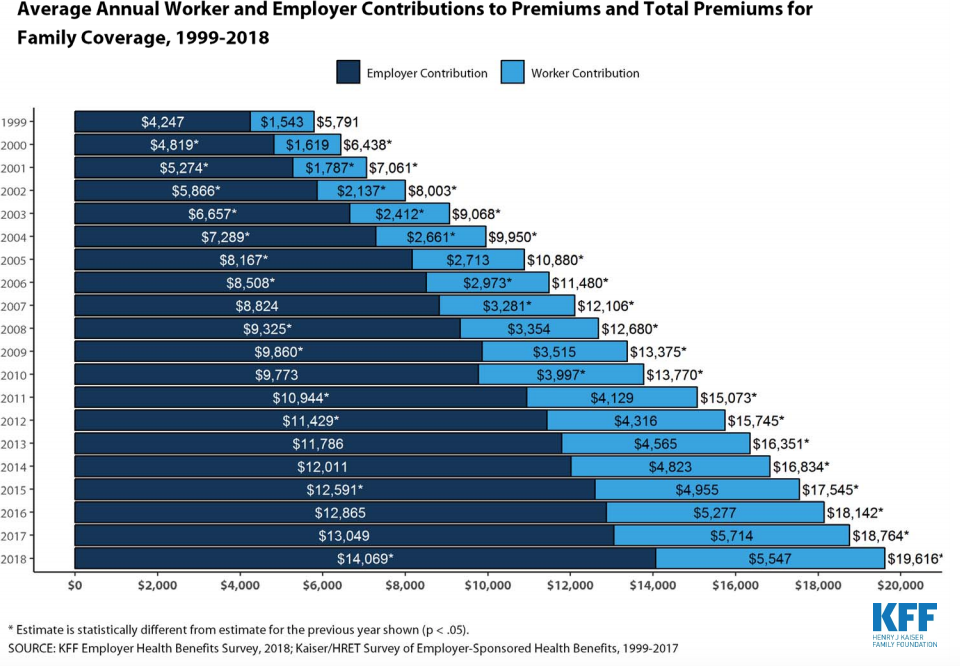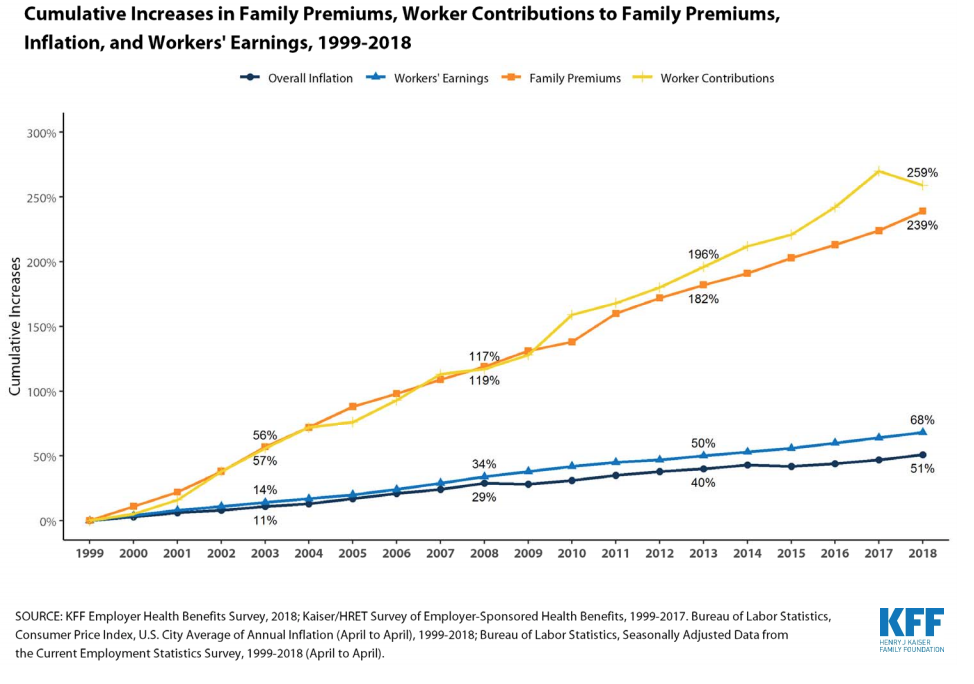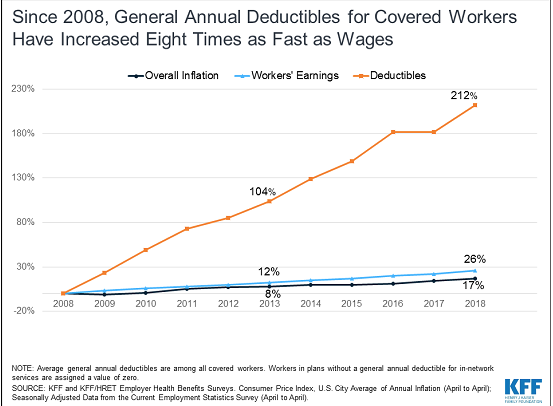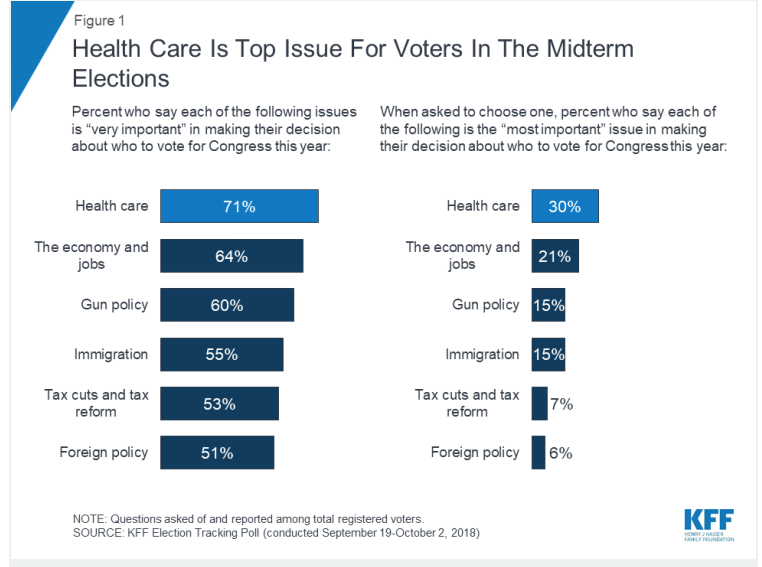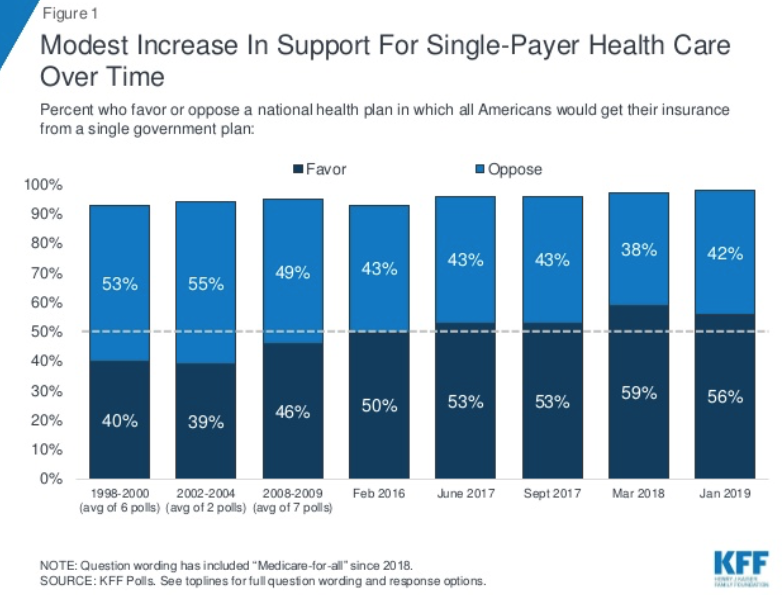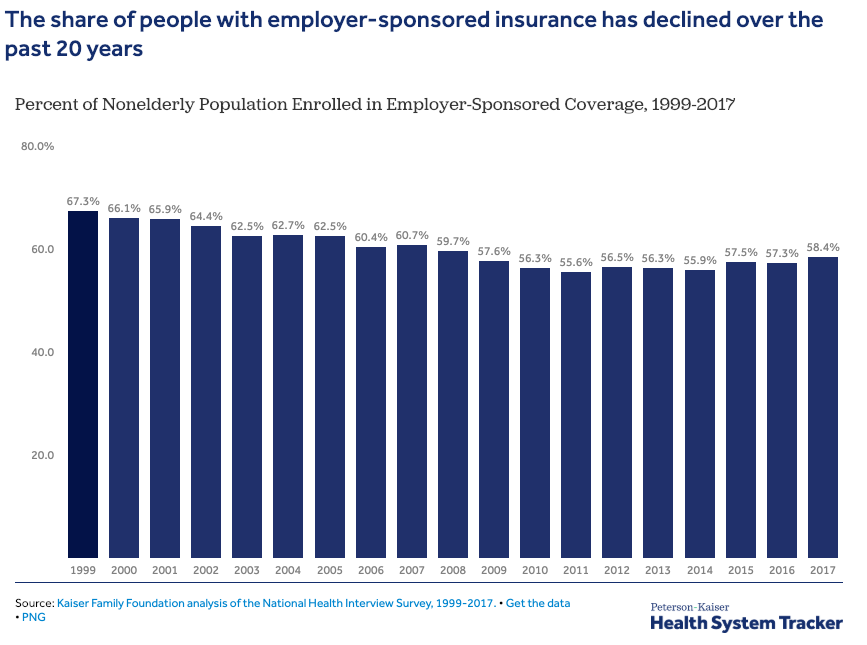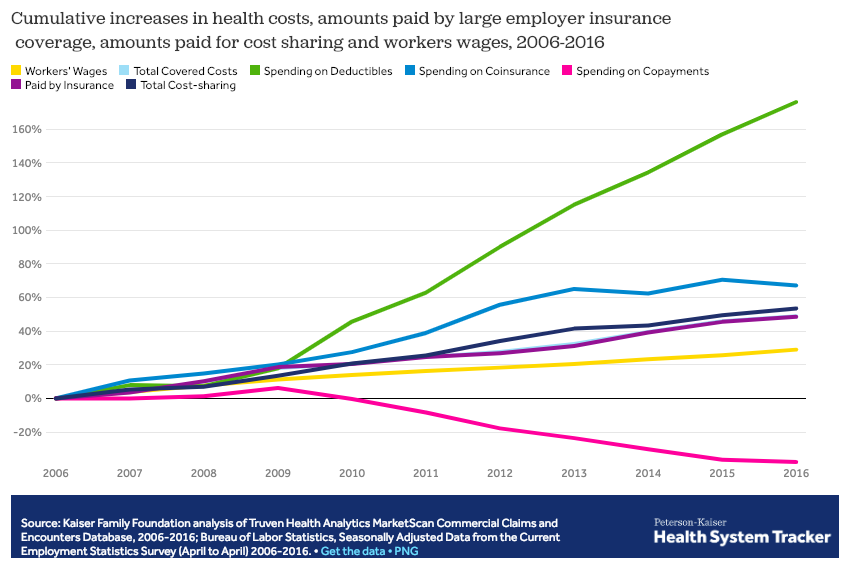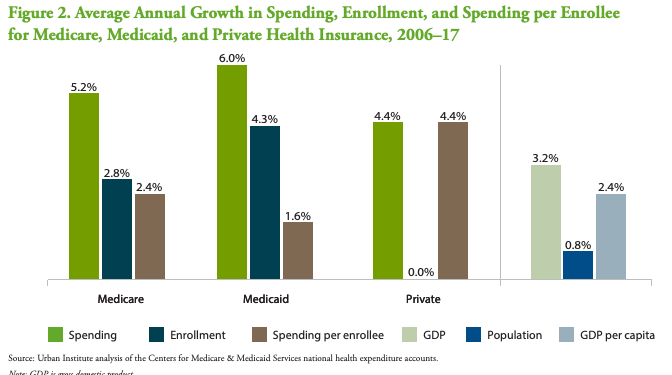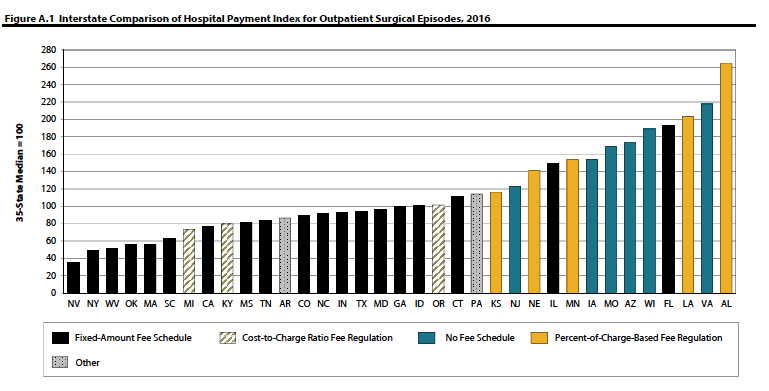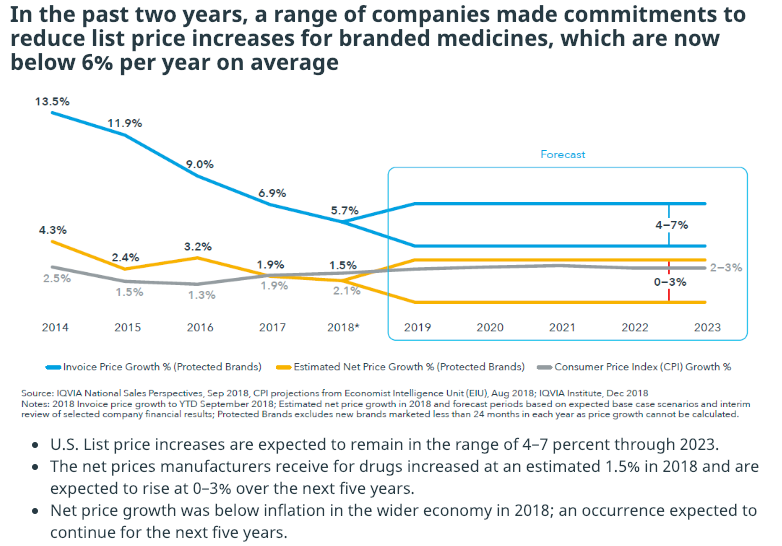Workers comp managed care company One Call reportedly “clinched a deal” to rework its debt late Wednesday, a quick recovery from a previous debt offering that was cancelled (thanks to Bloomberg’s Katherine Doherty for her reporting on this.)
While the company has made good progress in completing the transaction, rating agency Standard and Poor’s has opined that the exchanges are “distressed”, and has downgraded One Call to “SD” as a result. If One Call completes the exchanges, S&P has said it will likely raise the company’s rating.
Readers may recall One Call’s interest expense and cash flow challenges were noted in an earlier post which also discussed the core issues faced by the company.
Here’s what One Call is doing to, at least partially, address the debt situation. First, recall that OneCall has about $2 billion in debt outstanding. The company appears to be working to reduce its debt expense – the interest payments that amount to somewhere around $150 million annually.
There are two parts to this debt restructuring. Simply put, One Call is doing two things – in both cases asking current debt holders to swap their existing notes for new ones. In both cases One Call has structured the new debt to allow the company to not pay interest if it chooses.
The mechanism One Call is using isn’t that unusual, it’s known as “PIK toggle” loans; “Payment In Kind toggle” notes allow the issuer to forgo interest payments by giving debt holders more first-lien notes instead of paying the interest due in cash.
Got that? I know, complicated stuff.
Here are the details.
Part one
According to Bloomberg, after dropping its previous debt exchange effort One Call offered debt holders “sweeter terms” on a revised deal allowing “certain first and second-lien creditors” to exchange their current notes for ones that are all first-lien. This is good for the current second-lien holders involved as they move up in line in case One Call gets into financial difficulty in the future.
Debt holders were asked to trade $258 million in current notes for $235 million in new notes, which implies the current notes are discounted by 9 percent. (We don’t know if the original debt offering had a similar discount.)
This closed, so this part of the effort is complete.
Part Two
One Call is offering to exchange up to $400 million in current term loans – some of which come due next year, others in 2022 – for new notes that mature in 2024. As of yesterday, about $103 million of debt has been committed to the swap.
Allow me to explain some terms.
-
- · “first lien” debt is primary; that is, the entities that hold this debt get first dibs on assets in the event the debt issuer gets into financial trouble.
-
- · “second lien” debt is next in line – a riskier position. If a company defaults, there may not be assets left so this type of debt usually pays a higher interest rate to compensate the debt holder for the greater risk.
-
- · “notes”, “loans” or “debt” are all terms referring to a transaction where the creditor lends money to a debtor, and gets paid interest by the debtor. Mortgages and car loans are examples.
- · “Payment In Kind toggle” notes allow the issuer to forgo interest payments by giving debt holders more first-lien notes instead of paying the interest due in cash.
In other One Call news, Chief Strategy Officer Pat Rowland departed a couple weeks ago, and a few other folks have left as well. I continue to ping One Call to get their comments; just got a response from One Call that didn’t even bother to answer the key question; why was the initial debt swap cancelled.
If One Call decides to respond meaningfully I’ll update the post. Don’t hold your breath…Kudos to One Call and its bankers for moving to enhance its future cash position. This will allow the company to reduce cash payments to debtholders by something north of $20 million. Given the company’s most recent financials this is important indeed.

